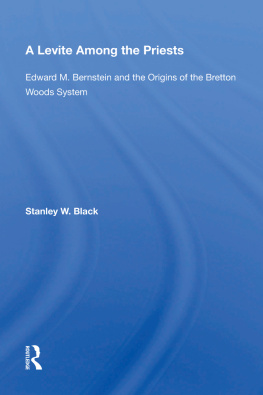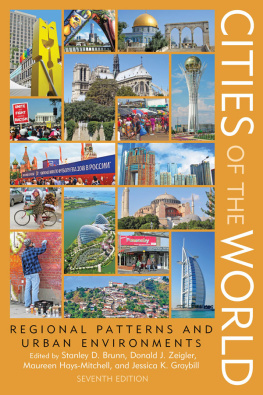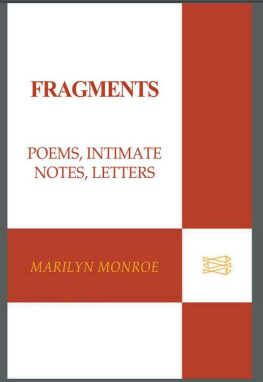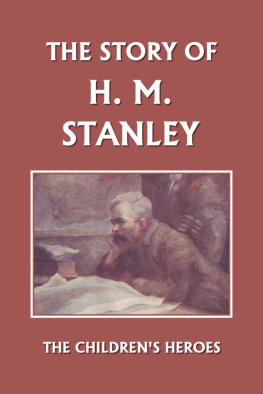EDWARD STANLEY
SOMETIME BISHOP OF NORWICH
(1802; 1814; 1816)
EDITED BY JANE H. ADEANE AND MAUD GRENFELL
LONDON
T. FISHER UNWIN
ADELPHI TERRACE
MCMVII
[2] (All rights reserved.) [3]
ECHOES OF PAST DAYS
AT
ALDERLEY RECTORY [4]
[5]
CONTENTS
| page |
| BIOGRAPHICAL SKETCH OF EDWARD STANLEY |
CHAPTER I |
| NEW FRANCE AND OLD EUROPE |
CHAPTER II |
| AFTER NAPOLEON'S FALL |
CHAPTER III |
| UNDER THE BOURBON FLAG |
CHAPTER IV |
| ON THE TRACK OF NAPOLEON'S ARMY |
CHAPTER V |
| THE LOW COUNTRIES |
CHAPTER VI |
| THE WATERLOO YEAR |
CHAPTER VII |
| AFTER WATERLOO |
INDEX |
[6] The originals of most of the letters now published are, with the drawings that illustrate them, at Llanfawr, Holyhead.
Some extracts from these letters have already appeared in the "Early Married Life of Maria Josepha, Lady Stanley," but are here inserted again by kind permission of Messrs. Longman, and complete Bishop Stanley's correspondence.
Portions of letters quoted in Dean Stanley's volume, "Edward and Catherine Stanley," have also been used with Messrs. Murray's consent.
In addition to the MSS. at Llanfawr, Lord Stanley of Alderley has kindly contributed some original letters in his possession.
J.H.A.
[7]
LIST OF ILLUSTRATIONS
Click on the illustrations to view them full-size.
(note of transcriber.) |
| Frontispiece |
Sketch brought to England 1814 by General Scott of Thorpe,
one of the detenus in France for ten years after the rupture
of the Peache of Amiens, mentioned page |
| To face page |
By John Linnell. From a drawing in the possession of
Canon J. Hugh Way, Henbury. |
| " |
From a miniature in the possession of Lady Reade-Carreglwyd,
Anglesey. |
| " |
| Humorous sketch by E. Stanley. |
| " |
By P. Green. The original in the possession of Lord Stanley
of Alderley, at Penrhos, Anglesey. |
| " |
| Sketch by E. Stanley, 1802. |
| " |
| Sketch by E. Stanley, |
| " |
By Sir Joshua Reynolds, P.R.A. From an engraving in the
possession of J.H. Adeane, Lanfavar, Holyhead. |
| " |
From a drawing by H. Edridge, A.R.A., at Alderley Park,
Cheshire. |
| " |
| E. Stanley. |
| " |
| E. S. |
| " |
| E. S. |
| " |
| E. S. |
| " |
| E. S. |
| " |
| E. S. |
| " |
| E. Stanley. |
| " |
| E. S. |
| " |
| E. S. |
| " |
| E. S. |
| " |
| E. S. |
| " |
| E. S. |
| " |
| E. S. |
| " |
| E. S. |
| " |
| E. S. |
| " |
| E. S. |
| " |
| E. S. |
| " |
| E. S. |
| " |
| E. S. |
| " |
| E. S. |
| " |
| E. S. |
| " |
| E. S. |
| " |
| E. S. |
| " |
| E. S. |
| " |
| E. S. |
| " |
| E. S. |
| page |
[9]
BIOGRAPHICAL SKETCH OF EDWARD STANLEY
T HE letters which are collected in this volume were written from abroad during the opening years of the nineteenth century, at three different periods: after the Peace of Amiens in 1802 and 1803, after the Peace of Paris in 1814, and in the year following Waterloo, June, 1816.
The writer, Edward Stanley, was for thirty-three years an active country clergyman, and for twelve years more a no less active bishop, at a time when such activity was uncommon, though not so rare as is sometimes now supposed.
Although a member of one of the oldest Cheshire families, he did not share the opinions of his county neighbours on public questions, and his voice was fearlessly raised on behalf of causes which are now triumphant, and against abuses which are now forgotten, but which acutely needed champions and reformers a hundred years ago.
His foreign journeys, and more especially the first of them, had a large share in determining the opinions which he afterwards maintained against great opposition from many of his own class and profession. The sight of France still smarting under the effects of the Reign of Terror, and of [10] other countries still sunk in Medivalism, helped to make him a Liberal with "a passion for reform and improvement, but without a passion for destruction."
He was born in 1779, the second son and youngest child of Sir John Stanley, the Squire of Alderley in Cheshire, and of his wife Margaret Owen (the Welsh heiress of Penrhos in Holyhead Island), who was one of the "seven lovely Peggies," well known in Anglesey society in the middle of the eighteenth century.
The pictures of Edward Stanley and his mother, which still hang on the walls of her Anglesey home, show that he inherited the brilliant Welsh colouring, marked eyebrows and flashing dark eyes that gave force as well as beauty to her face. From her, too, came the romantic Celtic imagination and fiery energy which enabled him to find interests everywhere, and to make his mark in a career which was not the one he would have chosen.
"In early years" (so his son the Dean of Westminster records) "he had acquired a passion for the sea, which he cherished down to the time of his entrance at college, and which never left him through life. It first originated, as he believed, in the delight which he experienced, when between three and four years of age, on a visit to the seaport of Weymouth; and long afterwards he retained a vivid recollection of the point where he caught the first sight of a ship, and shed tears because he was not allowed to go on board. So strongly was he possessed by the feeling thus acquired, that as a [11] child he used to leave his bed and sleep on the shelf of a wardrobe, for the pleasure of imagining himself in a berth on board a man-of-war.... The passion was overruled by circumstances beyond his control, but it gave a colour to his whole after-life. He never ceased to retain a keen interest in everything relating to the navy.... He seemed instinctively to know the history, character, and state of every ship and every officer in the service. Old naval captains were often astonished at finding in him a more accurate knowledge than their own of when, where, how, and under whom, such and such vessels had been employed. The stories of begging impostors professing to be shipwrecked seamen were detected at once by his cross-examinations. The sight of a ship, the society of sailors, the embarkation on a voyage, were always sufficient to inspirit and delight him wherever he might be."








